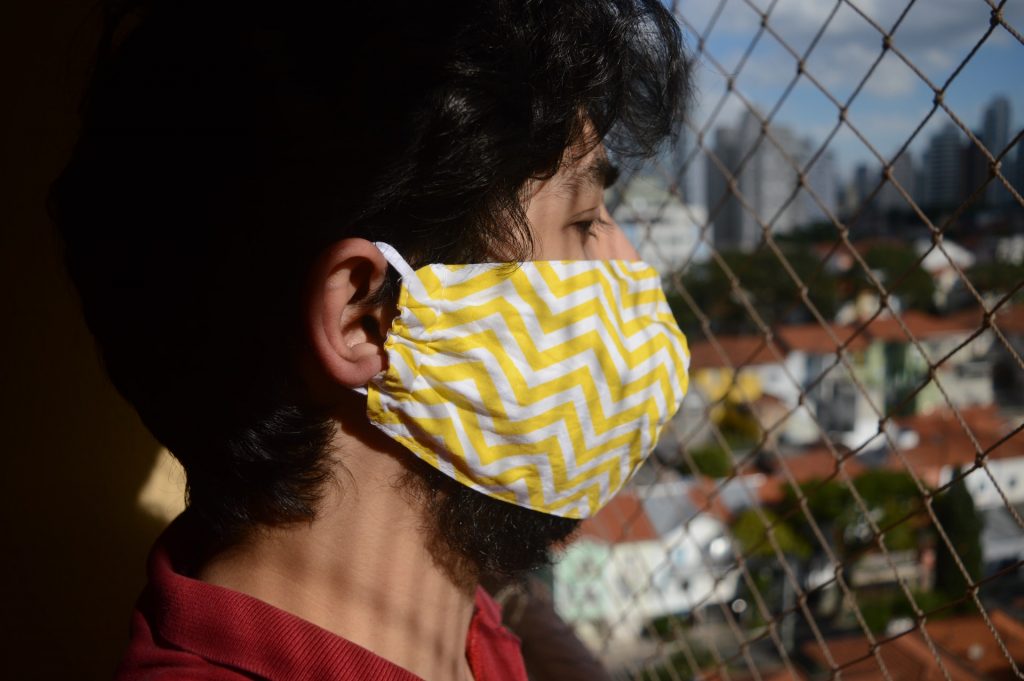
If you’re like us, you’re probably long past ready for COVID-19 to disappear for good. However, to get rid of COVID-19 in the coming year, we have to come together in the new year to buckle down on restrictions and safety precautions. The first step to doing that is to invest in barriers. Here’s how Varsity Tents can help.
Barriers and Masks Combined
Barriers are one of the best ways to keep COVID-19 from spreading. However, the one thing that beats barrier usage is mask usage. After all, masks are just barriers for your face. Combined, these two types of barriers are absolutely necessary for creating a safe workplace environment.
Diligent mask usage when indoors prevents infected air from being exhaled into the shared space. In fact, mask usage reduces infection rate by over 70%. Introducing environmental barriers, like tents, reduces infection rate even more. If someone who is unknowingly infected with COVID-19 goes to work, that 30% chance of spreading it through their mask drops significantly when their work space is sectioned off from that of their coworkers.
Separating Groups
In large workplaces where employees work in groups, keeping each group of people separated from the others lowers the chance of infection. If someone who is unknowingly infected comes in to work, if they somehow manage to spread infected air, that infected air will only be breathable by those in their little work bubble, meaning only a few coworkers catch COVID-19 instead of all or most coworkers.
This strategy is useful in large work environments such as factories, other types of manufacturing plants, organizations that involve group activities like sorting, inventory, and boxing, etc.
Isolating Contaminated Items
While people can spread COVID-19 through breathing space, it’s also possible to contract it through contact with contaminated items. Items are at their highest risk of contamination when reaching their shipment destination. Shipments are loaded by many different people, are touched by border officials, and make contact with people at weigh stations. You have no way of knowing how many of those people were infected with COVID.
Therefore, to be safe, it’s best to quarantine new shipments in a large tent space for 5 days before unloading and stocking shelves. This will give any COVID-19 time to die off, making contact with it harmless.
Outdoor Lunch Spaces
Finally, the most risky part of working in shared spaces right now: lunchtime. Eating requires you to remove your mask. The only safe way to eat at work is to do so outdoors. However – especially at this time of year – being outdoors means high risk of getting rained on or ending up shivering from wind chill.
To beat COVID-19 in the coming year, we need to create safe outdoor lunch spaces by putting up tents. These lunch room tent spaces can have flaps opened between lunch periods. This will allow all air to be replaced with fresh. A breeze can blow through and clear away any infected air. When lunch time comes around, the flaps can be put down to block people from wind chill and the cover can keep out rain and snow. When the weather heats up again, this also provides a shaded lunch area safe from sun.
